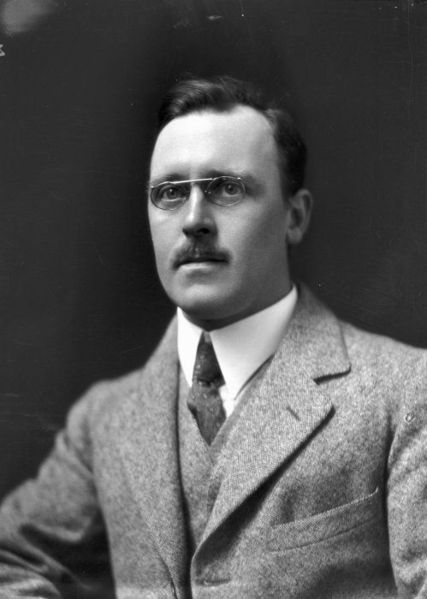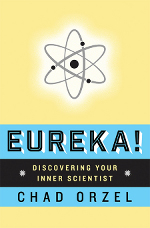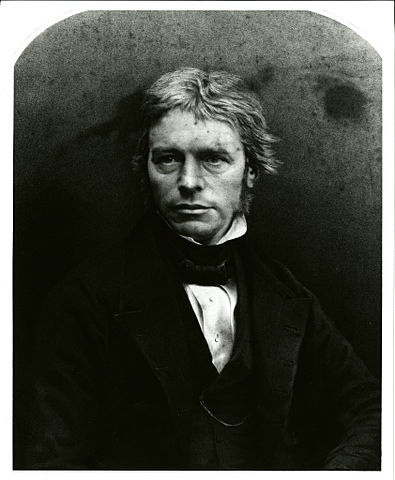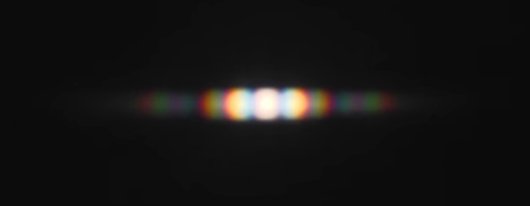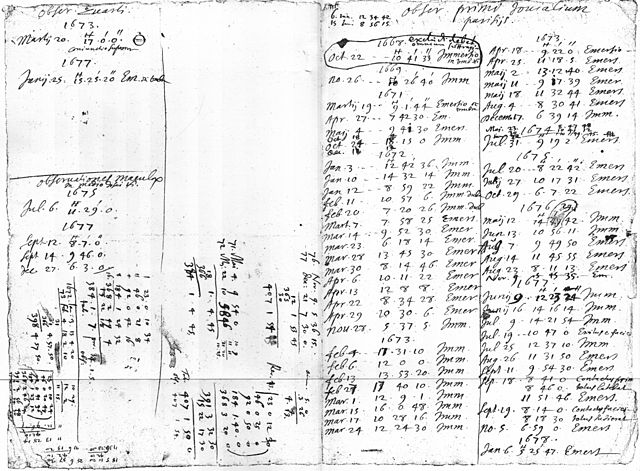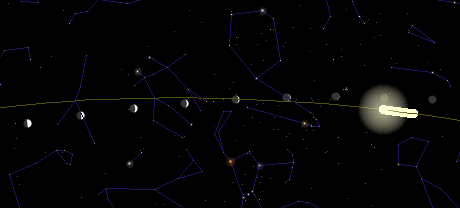“You wanted to see me, Herr Professor?” “Hans! Yes, come in, come in. Just going over the account books. Frightful amount of money going out of this place.” “Well, radium is expensive…” “Ha! Oh, and speaking of which– here’s one of the sources. Absent-mindedly dropped the fool thing in my pocket last night when I… Continue reading Advent Calendar of Science Stories 16: Undergraduate Research
The Life and Death of Blog Networks
The hot topic of the day is, of course, the big shake-up at Scientific American’s blog network. The official statement is, of course, very carefully worded, but the end result is that they’re shedding a bunch of blogs and instituting a standard set of guidelines for those that remain. A more detailed breakdown of who’s… Continue reading The Life and Death of Blog Networks
Eureka: Waldo at the Galaxy Zoo
Over at Medium, they’ve published a long excerpt from Eureka: Discovering Your Inner Scientist, that gives a good flavor of what the book’s really like. It’s about how the process for solving hidden-object games like the classic Where’s Waldo books is comparable to the process used by Henrietta Leavitt to revolutionize our understanding of the… Continue reading Eureka: Waldo at the Galaxy Zoo
Advent Calendar of Science Stories 15: An Unusual Resume
“…and take care that all the signatures go in the right way round, eh, James? I was able to soothe Mr. Dance last time, but if another copy comes back to be rebound, M. de la Roche will put you out.” “Yessir.” “A little more care, there’s a good lad. Run home, now, we’ll see… Continue reading Advent Calendar of Science Stories 15: An Unusual Resume
Advent Calendar of Science Stories 14: A Slip of Card
Scientific controversies aren’t always settled by a single dramatic experiment, but it’s a lot of fun when they are. It’s even more fun when they can be carried out with, as the author put it, “without any other apparatus than is at hand to every one.” I’m speaking in this case of the famous “double… Continue reading Advent Calendar of Science Stories 14: A Slip of Card
Eureka: Signing, Q&A, Canadian Review
A few items for Sunday morning: — First and foremost, in just a few hours from now, I’ll be signing books at the Open Door. If you’re in Quebec or central Pennsylvania, you better leave now; Boston or NYC, you can have a cup of coffee first. Farther than that, you might try calling them… Continue reading Eureka: Signing, Q&A, Canadian Review
Advent Calendar of Science Stories 13: Timing Light
Speaking of the timing of astronomical phenomena, as we were yesterday, the timing of celestial bodies was the key to the first demonstration of one of the pillars of modern physics, the fact that light travels at a finite speed. This actually pre-dates yesterday’s longitude discoveries, which I always forget, because it seems like it… Continue reading Advent Calendar of Science Stories 13: Timing Light
Science-y Gifts for Kids
One of the questions from a caller when I was on the “Think” show was about how to keep kids interested in science. As I said, the issue isn’t so much creating in interest as working to not squelch the interest that’s already there. Taking kids to cool places like zoos and science museums is… Continue reading Science-y Gifts for Kids
Advent Calendar of Science Stories 12: Time Tables
Returning to our mostly-chronological ordering after yesterday’s brief excursion, we come to one of the great problems of the 1700’s, namely determining the longitude at sea. Latitude is easy to find, based on the height of the Sun at noon– we told that story last week— but longitude is much trickier. Thanks to the rotation… Continue reading Advent Calendar of Science Stories 12: Time Tables
Eureka: Irish Radio and Book Signing
Two quick notes: — In a little more than half an hour Buttercup will marry Humperdinck I’ll be talking about Eureka on talk radio in Ireland. This was put together very quickly, thus the short notice. — I’ll be signing books this Sunday, the 14th, at The Open Door Bookstore in Schenectady. If you’re in… Continue reading Eureka: Irish Radio and Book Signing
